
Geoplanidae is a family of flatworms known commonly as land planarians or land flatworms.

Platydemus is a genus of large predatory land planarians in the tribe Rhynchodemini.

Continenticola is a clade that includes the land planarians (Geoplanidae) and the freshwater triclads.

Dugesiidae is a family of freshwater planarians distributed worldwide. The type genus is Dugesia Girard, 1850.

Geoplanoidea is a superfamily of freshwater and land triclads that comprises the species of the Geoplanidae and the Dugesiidae families.
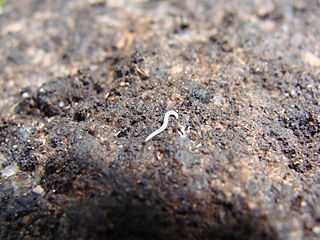
Microplaninae is a subfamily of land planarians.

Geoplaninae is a subfamily of land planarians endemic to the Neotropical region.
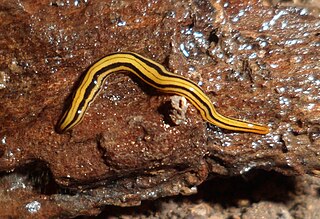
Luteostriata is a genus of land planarians from Brazil characterized by a yellow body with dark longitudinal stripes.

Obama is a genus of land planarians from South America. It contains several species adapted to human-disturbed environments, including the only invasive land planarian native to the Neotropical realm, Obama nungara, which has been accidentally introduced in Europe.

The reproductive system of planarians is broadly similar among different families, although the associated structures can vary in complexity.
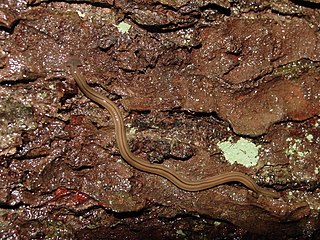
Bipaliinae is a subfamily of land planarians found mainly in Madagascar, the Indian subcontinent and Southeast Asia, although some species have been introduced worldwide.
Geoplana is a genus of land planarians found in South America.
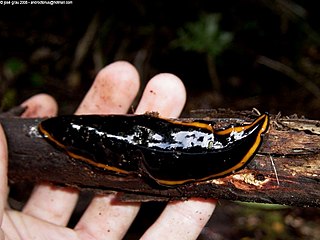
Polycladus is a genus of land planarians from South America.
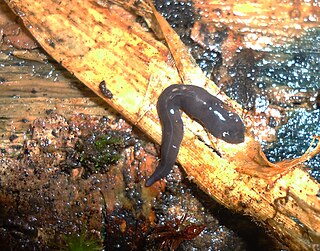
Notogynaphallia is a genus of land planarians from South America.
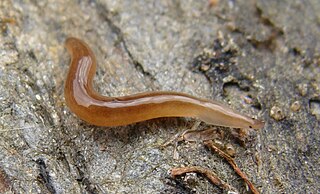
Rhynchodeminae is a subfamily of land planarians with a worldwide distribution.

Rhynchodemini is a tribe of land planarians in the subfamily Rhynchodeminae.

Anzoplanini is a tribe of land planarians in the subfamily Rhynchodeminae.
Cotyloplana is a genus of land planarians in the tribe Rhynchodemini.
Digonopyla is a monotypic genus of land planarians in the tribe Rhynchodemini. It contains a single species, Digonopyla harmeri.
Pelmatoplanini is a tribe of land planarians in the subfamily Rhynchodeminae.













